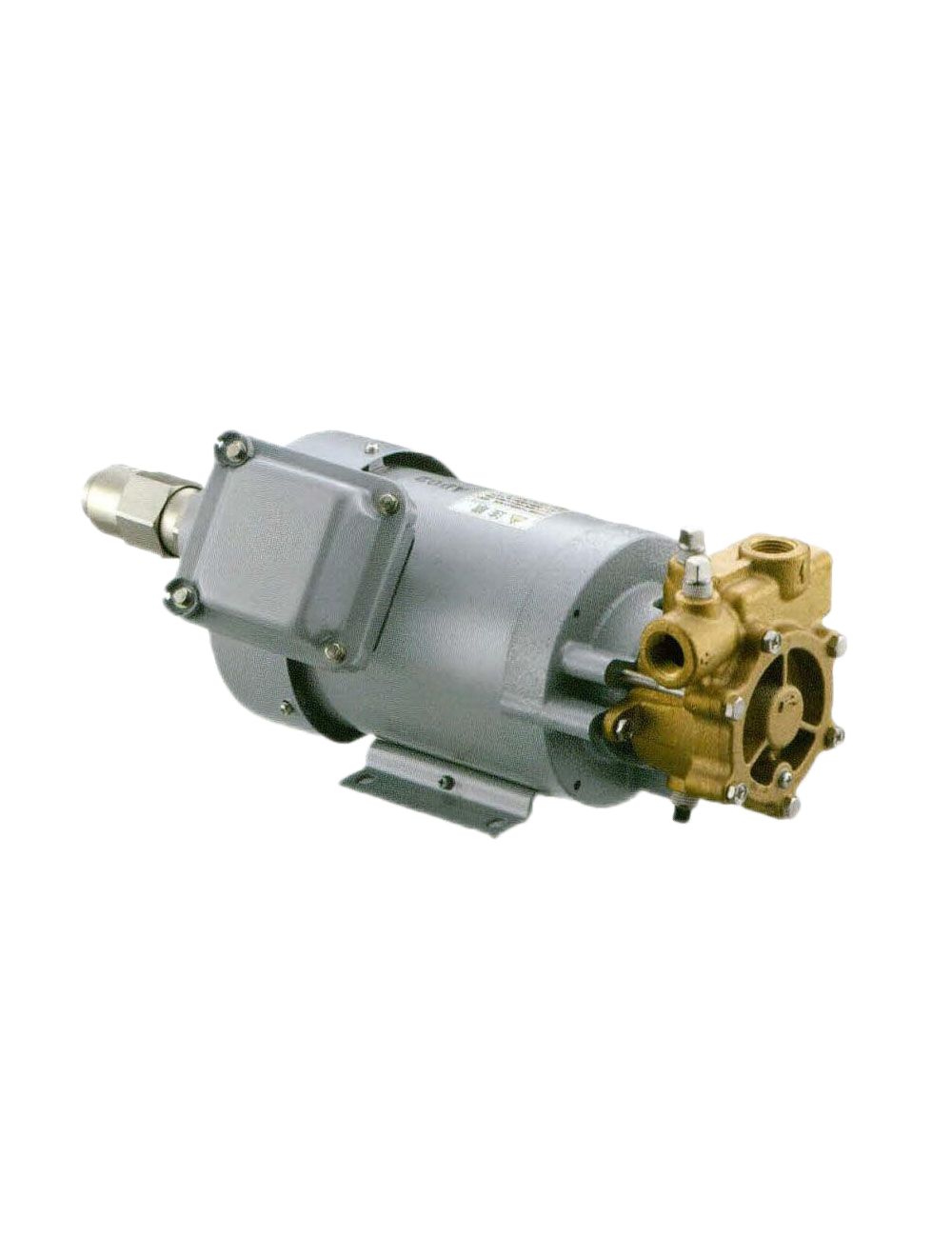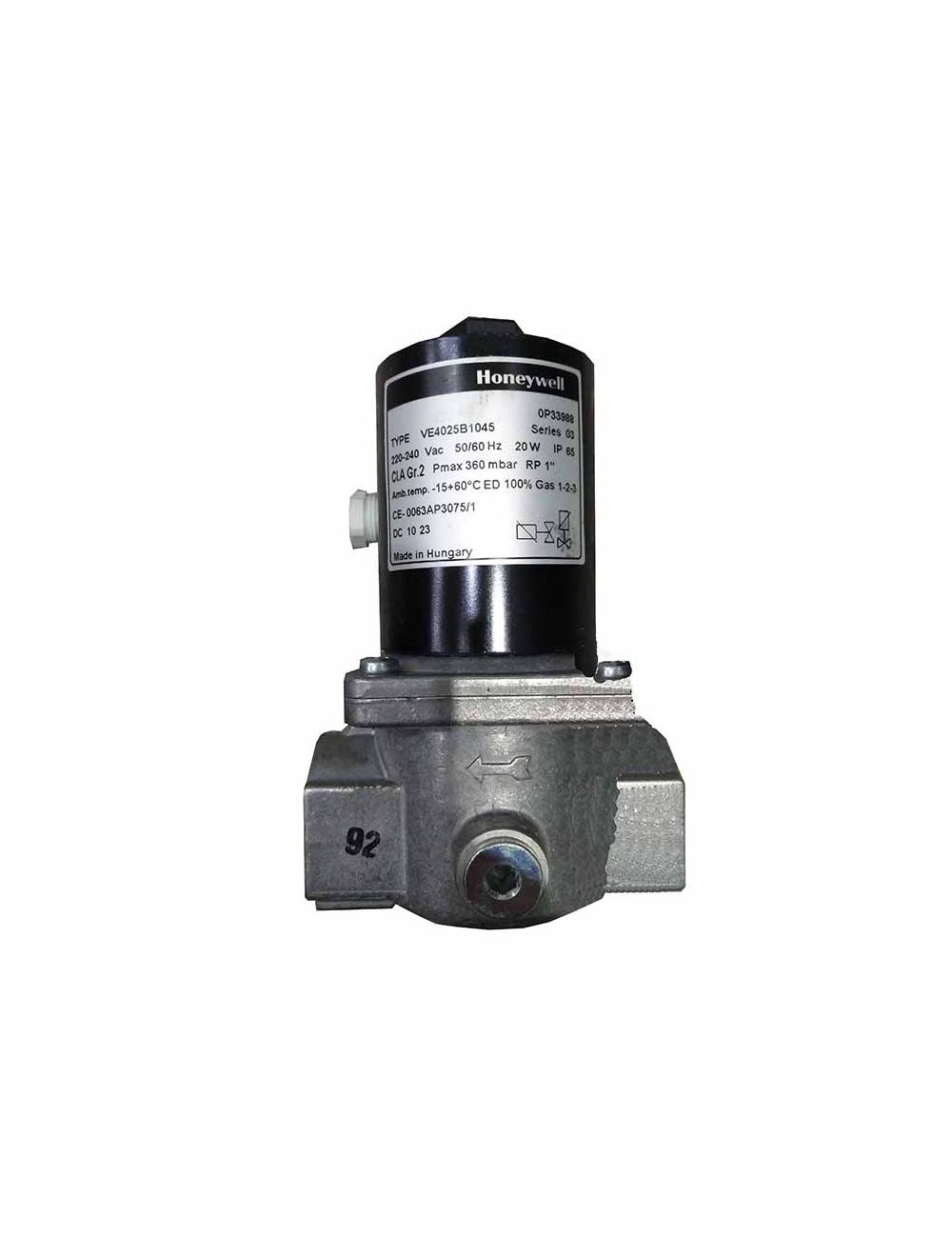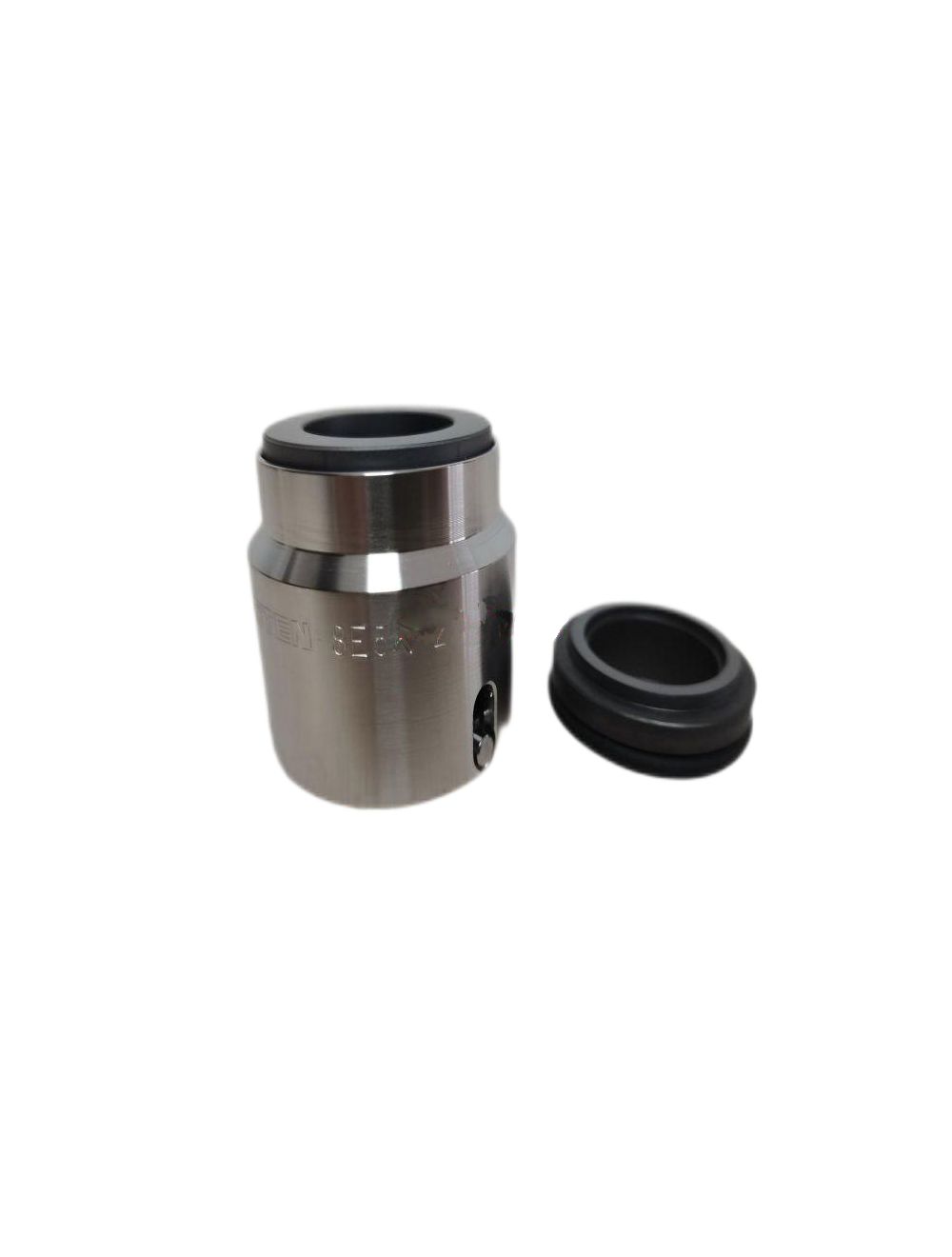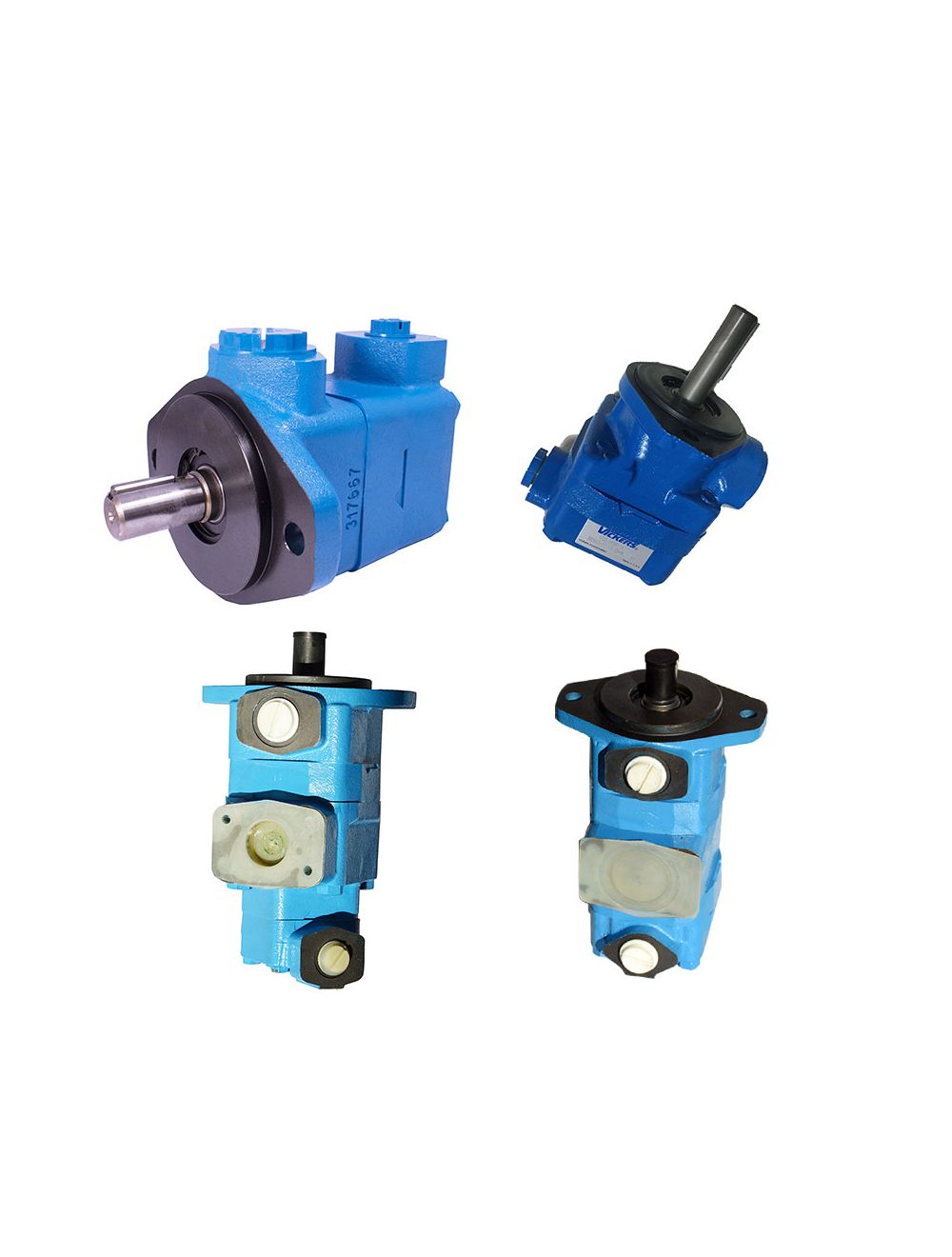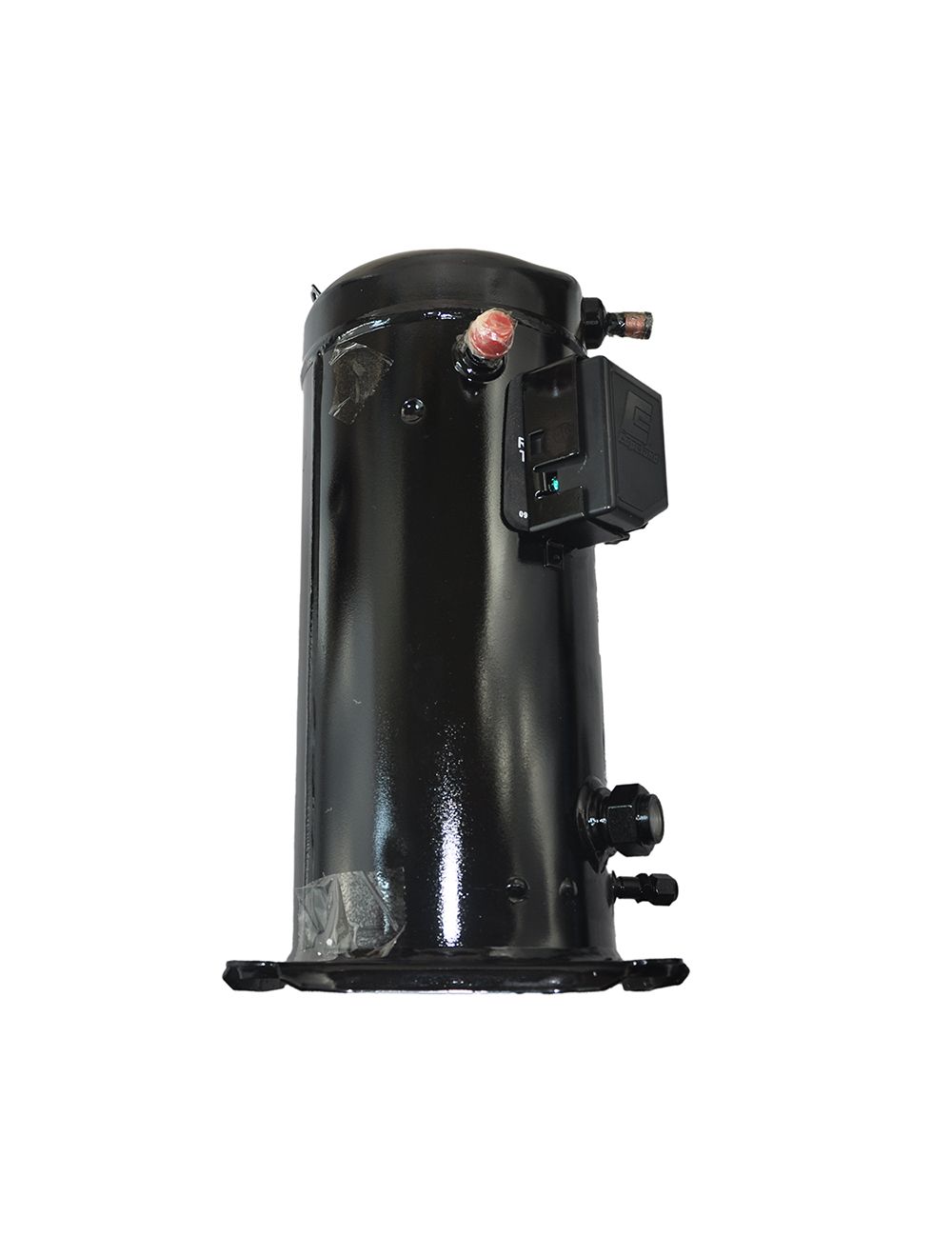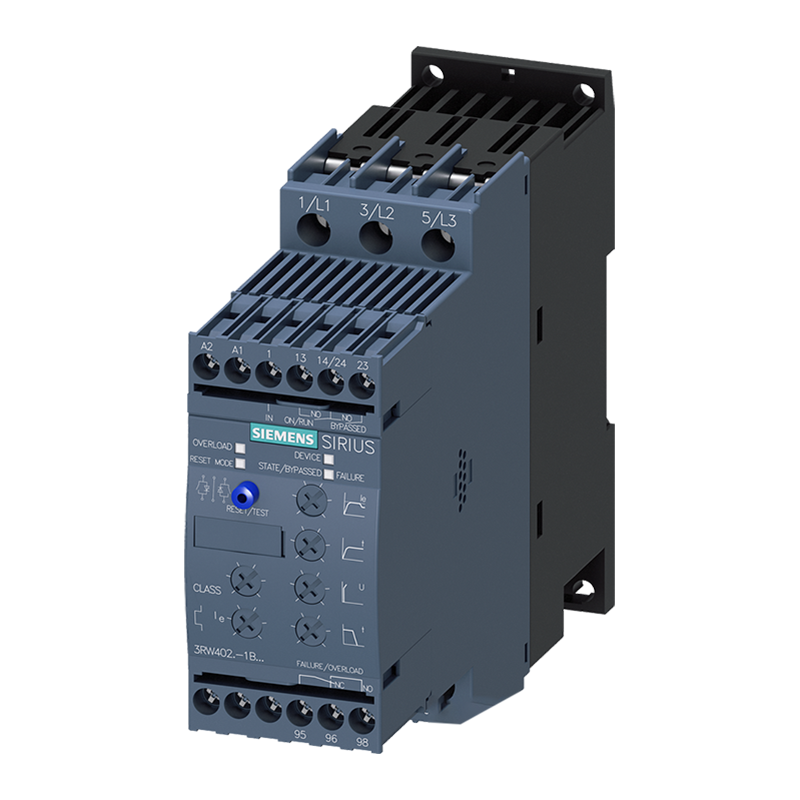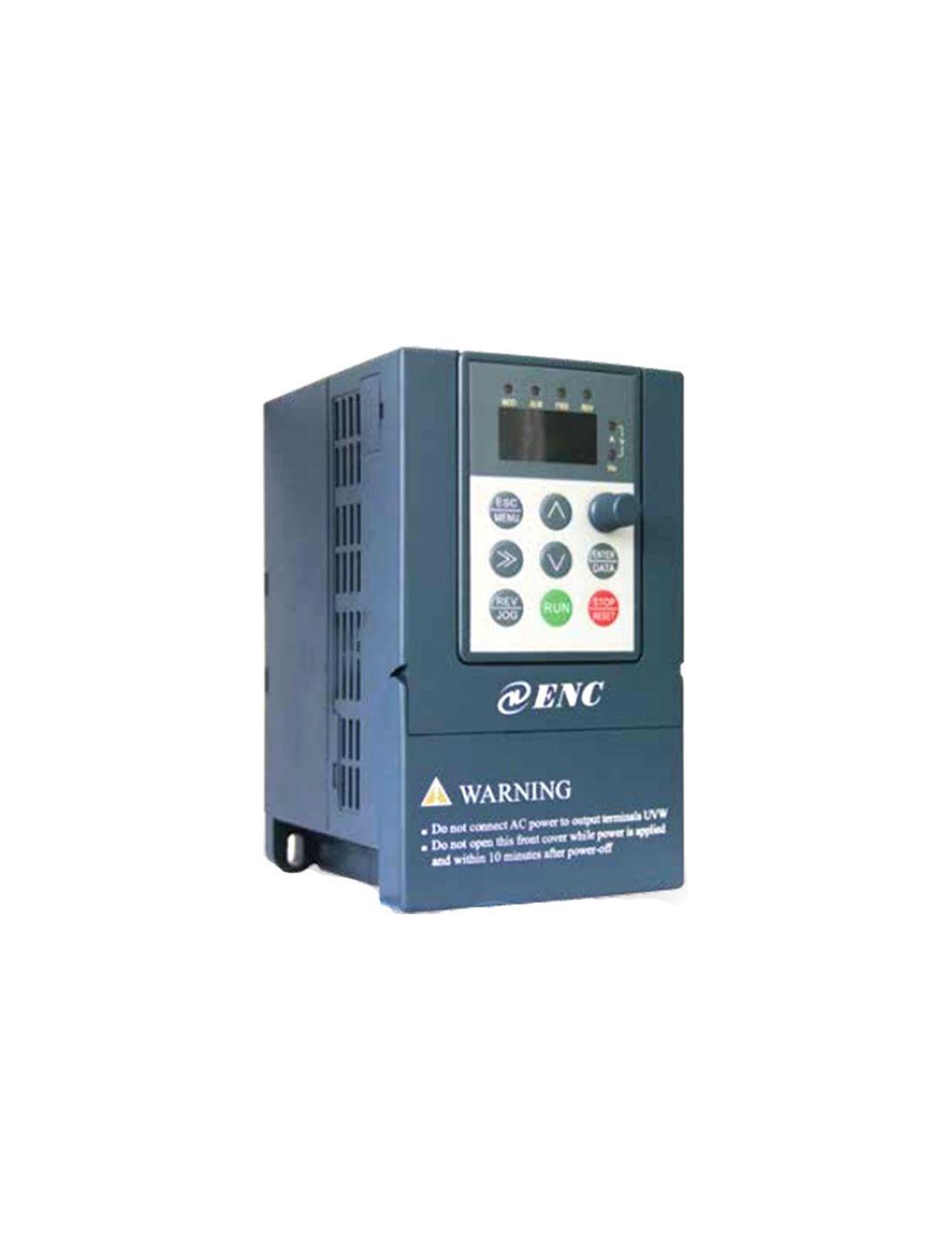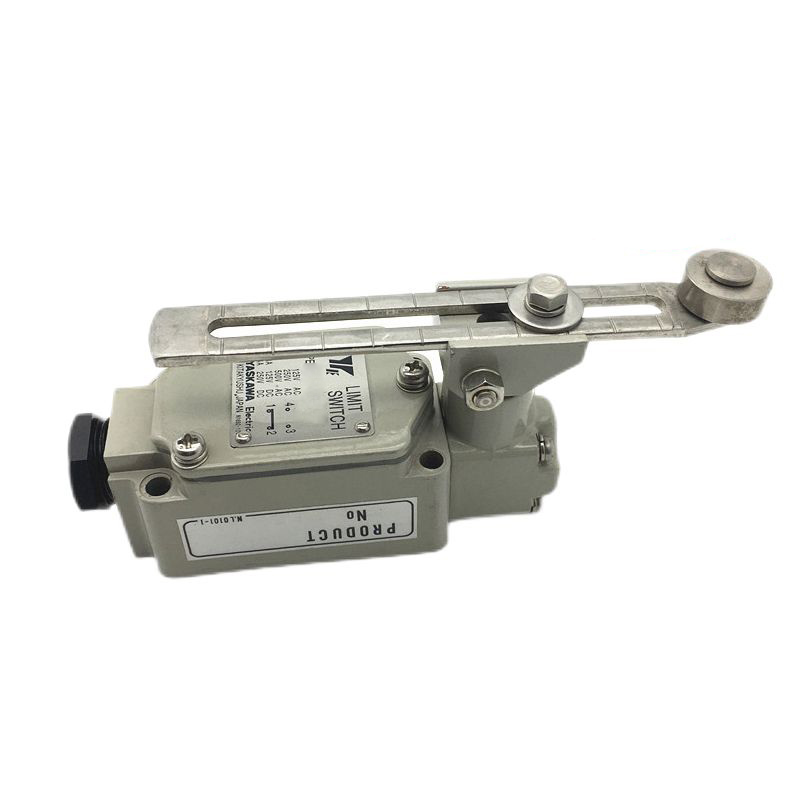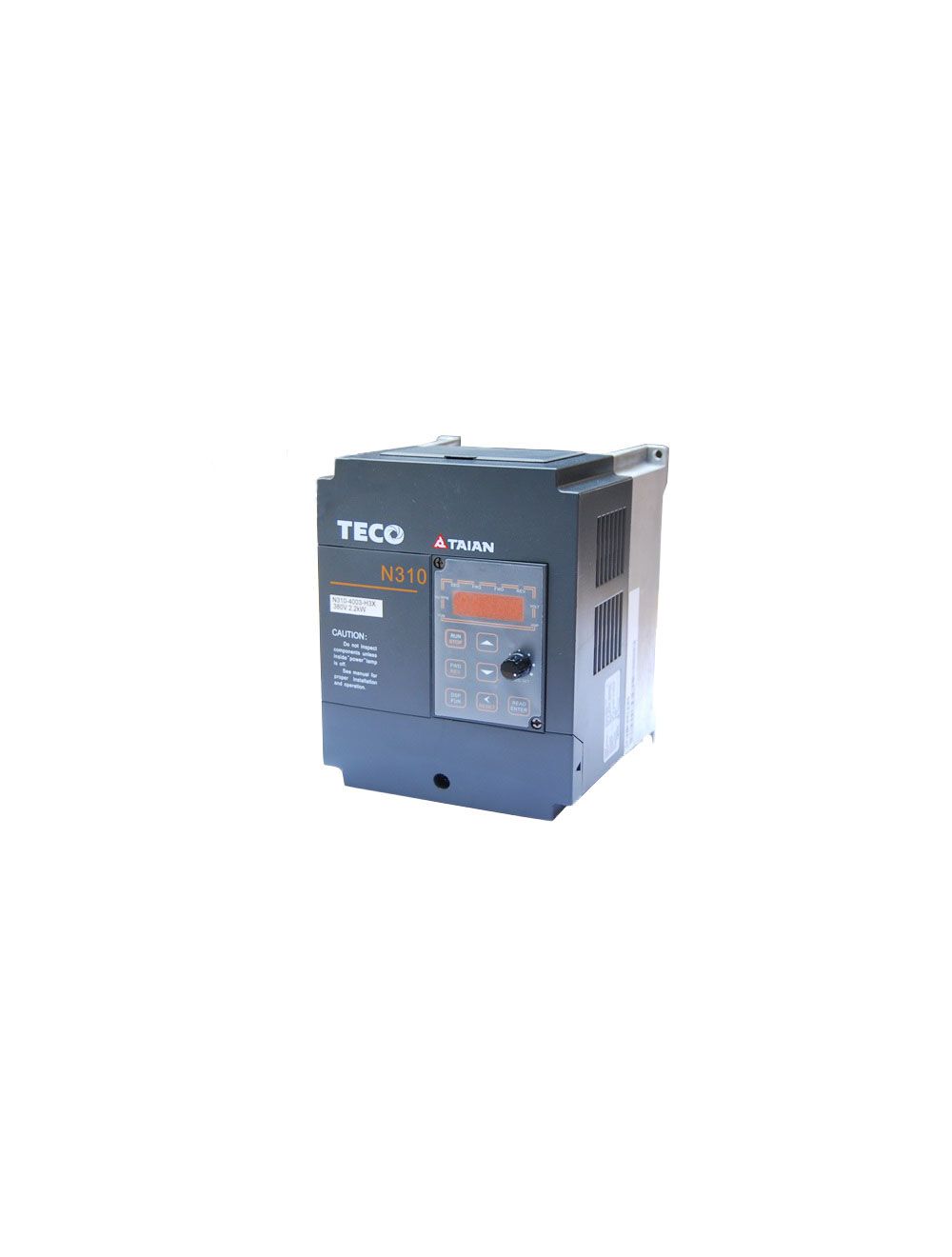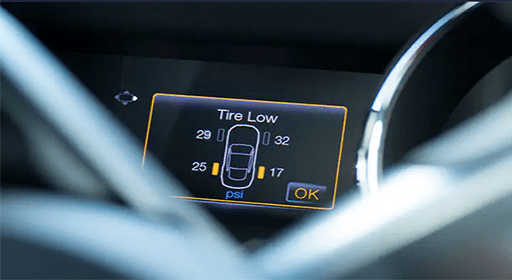
Figure 1: The tire pressure monitoring system.
Automotive sensors are the fastest growing and most used type in recent years. The development of the automotive industry stimulates the improvement of automotive pressure sensors. Advanced manufacturing and process technology strengthen the performance of sensors, and tire pressure monitoring is increasingly accurate.
At present, in order to ensure the safety of driving, most car tires are equipped with pressure sensors to detect pressure change. When the tire pressure reached a reasonable value, it can improve safety, but also can save fuel consumption, according to the relevant data statistics.
Tire Pressure Sensor Working Principle
Tire pressure monitoring system (TPMS) mainly has two kinds of solutions, direct system and indirect system.
A direct tire pressure monitoring system is the use of pressure sensors installed in each tire to directly measure the tire pressure, and display and monitor it. When the pressure is too low, the system will automatically alarm.
Indirect TPMS
As for the indirect tire pressure monitoring system, the wheel speed sensor of the automobile ABS system compares the speed difference between tires, so as to achieve the purpose of monitoring tire pressure. And the main disadvantages lie in the following three aspects.
The exact instantaneous pressure of each tire cannot be displayed.
It can not alarm when the pressure of the same axle or wheel on the same side or all tires drop at the same time.
The factors such as speed and detection accuracy cannot be taken into account simultaneously.
Direct TPMS
The direct tire pressure monitoring system is divided into two types that are active and passive.
* Active System
The active system is achieved by using mems technology on silicon capacitive or piezoresistive pressure sensors. The pressure sensor is installed on each wheel rim, transmitting a radio frequency signal. Then the wireless receiver installed in the cab receives the pressure sensor signals, after a certain signal processing, and shows the tire pressure.
The active system is a relatively mature technology, and the developed module can be applied to the tires of various brands. But its disadvantage is also prominent, whose induction module needs battery power, so there is a problem of service life.

Figure 2: Some tire pressure sensors.
* Passive System
The sensor of the passive tire pressure monitoring system is designed by a surface acoustic wave, and it produces a surface acoustic wave through a radio frequency electric field. When the surface acoustic wave reaches the surface of the piezoelectric substrate materials, there will be changes. By detecting the change, the tire pressure is known.
Although this type of technology does not need battery power, it requires transponders to be integrated into tires, requiring common standards from tire manufacturers.
The monitoring system can detect the abnormal condition of tire pressure only with high resolution. Battery life is limited, and capacity is also affected by temperature.
In order to improve the reliability of the monitoring system, it is better for the sensor to carry out passive detection.
The research shows that the information collected by a tire pressure sensor can be used to monitor the fault of the vehicle suspension system and correct the navigation system.
Tire Pressure Sensor Fault Means What
A tire pressure sensor of failures can not monitor tire pressure. Some cars display a tire pressure sensor failure alert, while others have no tire pressure displayed on the dashboard.
Each car has tire pressure sensors to detect tire pressure at any time and even an alarm function to reduce the risk of tire accidents. After replacement, it requires an activate match, and you need to use a professional reset and matching instrument, and the code of the sensor is written in.
You can also try carrying out road tests, which will automatically inspect and match it after the car keeps running at a speed above 25 MPH for at least 15 minutes.
Where Tire Pressure Sensors Installed
The sensor of the direct tire pressure monitoring system is installed in each tire, using a wireless transmitter to send pressure values from inside the tire to a central receiver module, which then displays the tire pressure data.
As for the indirect tire pressure monitoring system, it is as follows.
Right front tire pressure monitoring sensor (wheel electronics).
Central information display (tire inflation pressure displayed).
Right rear tire pressure monitoring sensor (wheel electronics).
Remote signal receiver. Left rear tire pressure monitoring sensor (wheel electronics).
Integrated instrument.
Dynamic stability control system.
Left front tire pressure monitoring sensor (wheel electronics).

Figure 3: The indirect tire pressure monitoring system.
Role of Tire Pressure Monitoring System
Prevention
Driving safety is the most important, and the tire pressure monitoring system ensures safety actively, which can alarm in time when there are tire danger signs. By this, it will remind the driver to take corresponding measures, so as to avoid serious accidents.
Extend the Service Life of Tires
With the monitoring system, we can always keep the tire in the specified pressure, temperature range, thus decreasing the possibility of tire damage, prolonging the service life of the tire. There are data showing that when the tire pressure is insufficient, the tire pressure drops 10% than normal, the tire life will be reduced by 15%.
More Economical Drive
When the pressure in the tire is too low, it will increase the contact area of the tire to the ground, thereby increasing the friction resistance. When the tire pressure is lower than the standard pressure value of 30%, fuel consumption will rise 10%.
Reduce the Suspension System Wear
When the tire pressure is too high, it will lead the tire to reduce the vibration effect, thus increasing the burden of the vehicle vibration reduction system. And it will cause great damage to the engine chassis and suspension system. If the tire pressure is not uniform, it is easy to cause brake deviation, thus increasing the wear of the suspension system.
Reasons for Tire Pressure Sensor Faults
The failed tire pressure sensor may be due to running out of power, signal failure or circuit failure.
There are probably 3 reasons.
First of all, the pressure is not high, and the tire pressure needs to be reset. If there is no pressure, it is the tire pressure monitoring fault. Generally, the wheel speed sensor is faulty, which will cause the brake system to light up the fault lamp. It is recommended to go to the repair shop to reset it.
You can add standard air pressure, and then press the tire pressure monitoring button for a few seconds to reset it. Alternatively, the decoder can be used to reset or automatically reset after driving for a certain distance after filling the standard air pressure.
The tire height of the tire has a vital role in the performance and power of the car.
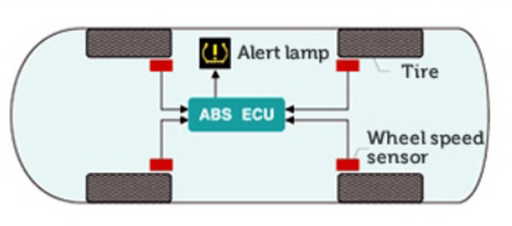
Figure 4: The composition of the tire pressure monitoring system.
How to Solve Tire Pressure Sensor Faults
You should repair the tire monitoring system (alert lamp flashes and keeps steady on). When the system fails, the tire pressure alert lamp will flash for about 1min, and DIC shows "Please repair tire pressure monitoring system".
If any tire pressure sensor does not send any signal for a certain period of time, the tire pressure monitoring system will set a fault code, displaying this information and keep the alert lamp flashing for approximately 1min, and the alert lamp will remain on for the remainder of the ignition cycle.
If the system failure is intermittent, the alarm may also be intermittent, turning on in some ignition cycles and off in others. At this time, the worker should use diagnostic tools to check the vehicle, and repair it according to the fault code prompt.
The warning of too low or too high tire pressure. If the tire pressure monitoring system detects that tire pressure is lower than the calibration value, DIC will display the information of "XX tire pressure low" or "XX tire pressure high", and the tire pressure alert lamp will keep on. Alarm messages and alert lamps may be intermittent, especially in cold weather.
When the above situation occurs, you should check or replace related parts. If the tire or tire pressure sensor is replaced, you should make the tire pressure sensor read again and adjust the tire pressure to 240kPa.
Related Info
Different Types of Pressure Transmitters, Working Principle, and How to Select Pressure TransmitterWith COVID-19 Outbreak, Will Sensors be Next Hot Market in Medical Industry
